Imagine you are taking over a team. In the old days leaders were given 100 days to make their mark. Nowadays people make judgements more quickly. Let’s assume that you have already done three things.
You have done your research and know what must be done to lead the team to success.
You have made clear contracts with the key sponsors about the picture of success.
You have a clear mandate from these sponsors to do whatever is necessary to guide the team to success.
How can you set the right tone when taking over the team? Here are three steps you may wish to consider.
You can show respect to people
and get their picture of success
“Three years ago I took over the European arm of an American company,” explained one leader. “I spent the first month travelling to Rome, Madrid, Stockholm, Berlin and the other offices.”
“People seemed a bit anxious about my visits. But I spent the time listening to their ideas, sharing my hopes and exploring how the company could be successful.”
“Certainly I knew where to take the business, but I also wanted to connect with people in the different countries. My predecessor had not bothered. He simply told people they had failed and he was going to show them how to run a business.”
“Two months after arriving I gathered everybody together to present the team’s story, strategy and picture of success. During the presentation I referred to some of the ideas people had shared during our meetings. People understood it wasn’t a democracy. But they enjoyed seeing their influence on the vision.”
How to do this in your own way? One approach is to hold one-to-one sessions with each team member. Here is an introduction to the approach.
Explain that before the sessions you would like each person to do some pre-work. Say that you obviously have a view of the team’s goals, strategy and road to success. You would, however, also like to get their in-put.
Invite each person to complete the following piece of work and send it to you before the session.
Hold the one-to-one sessions, listen to people’s ideas and share some of your own views. Say you will soon be getting back to people to finalise the vision for the business. Then move onto the next stage.
You can set the tone and
show the picture of success
Set the tone by gathering people together. Explain that you want to give an overview of the team’s provisional story, strategy and road to achieving success. You can then describe:
The ‘What’ – the team’s goals.
The ‘Why’ – the benefits of achieving the goals.
The ‘How’ – the key strategies for achieving the goals.
The ‘Who’ – the role each person and department can play in reaching the goals.
The ‘When’ – the specific milestones along the way.
Certainly you must create an inspiring goal and show the benefits. But it is not your job to persuade people to join. You can communicate:
The Purpose – the goals to achieve.
The Principles – the guidelines to follow to reach the goals.
The Professional Standards – the spirit and skills people need to demonstrate to reach the goals.
Good leaders make ‘The Deal’ clear to people. They believe it is vital to be honest – especially about the professional standards required – and give people a chance to opt into the future culture.
The next step is to invite each person and team to reflect and, if they wish, show how they would like to contribute. You can then make clear contracts about everybody’s part in achieving the goals. Invite people:
To set specific goals.
To describe the support they require to achieve success.
To show how they will proactively keep you informed about their progress towards achieving their goals.
Your role is to provide a compelling vision and be morally clear that you are presenting a fair deal. The team’s member’s job is to persuade you they want to be part of the team.
People who opt-in are saying they want to be part of the future culture. Other people may make other decisions. Build on the people who want to be there and enable them to do superb work. It is then time to deliver the goods.
You can keep in touch with your sponsors and show
the team is on the road towards delivering success
Your sponsors have provided a mandate, but they will still be making judgements. Bosses often look for confirmation that they have made the right appointment.
Be proactive with your sponsors. Get some early wins and inform them about achievements on the road to success. Reassuring the sponsors will earn the team some breathing space. This is especially important in big organisations where it is vital to manage the centre, otherwise the centre will manage you.
Develop a freelance mentality. Imagine you are the MD of an outside business that is supplying services to the organisation.
Your team is on a six rolling contract that must be continually signed-off by the key sponsors. How would you behave? How can everybody in the team develop this attitude and provide great service to its sponsors?
This is not just a tactic. You have a moral obligation to deliver the agreed picture of success.
The 100 days test was often used when judging a new leader. Nowadays such judgements are compressed into a shorter time. During this period it is good to show respect to people, set the tone and show the sponsors you can deliver success.
Imagine you are taking over a team. How can you set the tone in your own way? Try completing the following exercise. You can then use the ideas to guide the team towards achieving success.




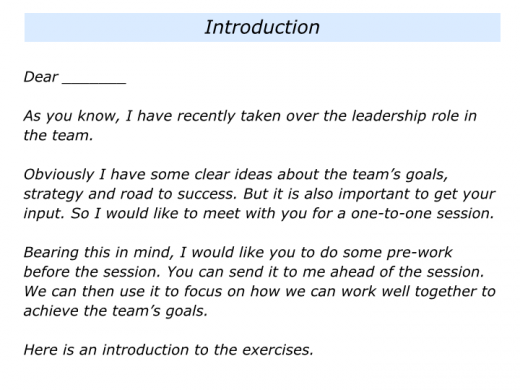
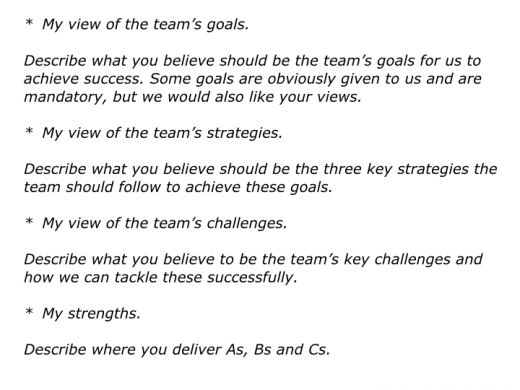
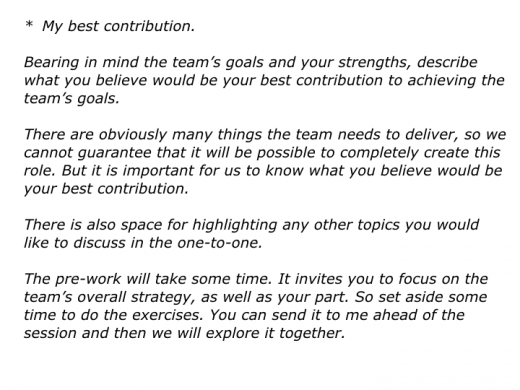
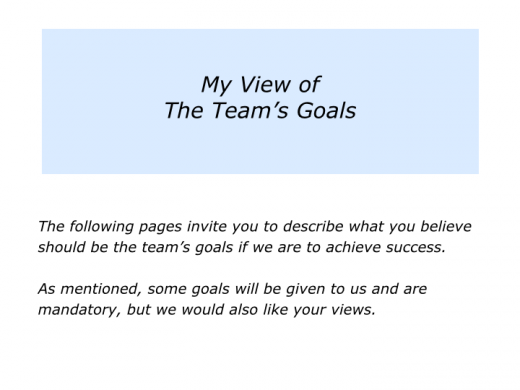



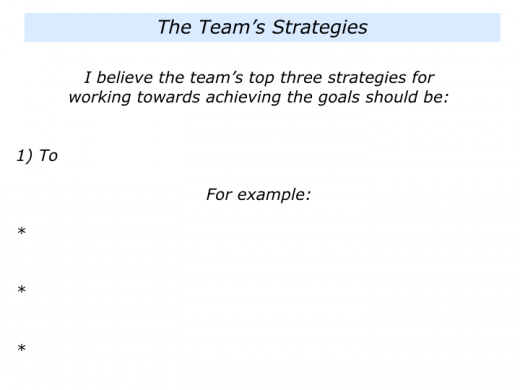


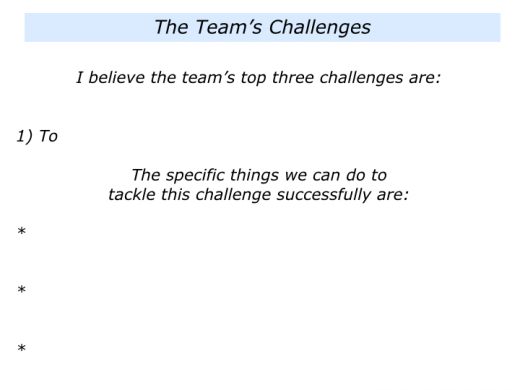
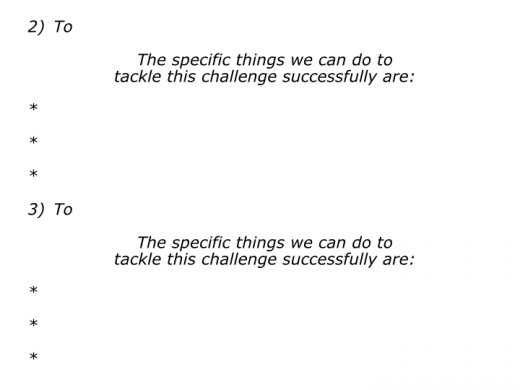







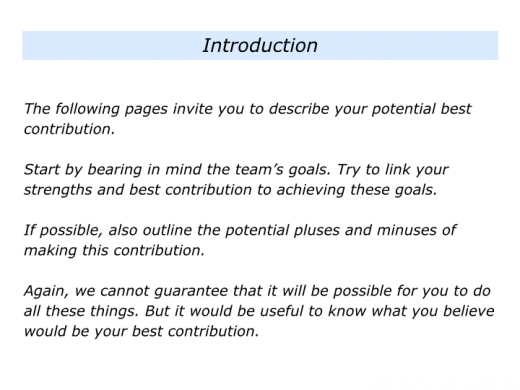


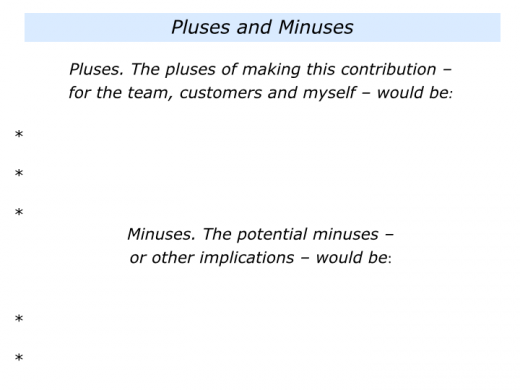
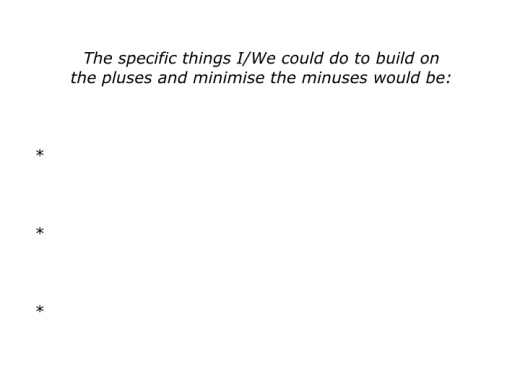



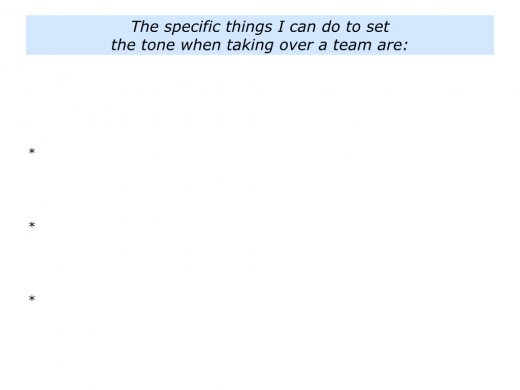




Leave a Reply